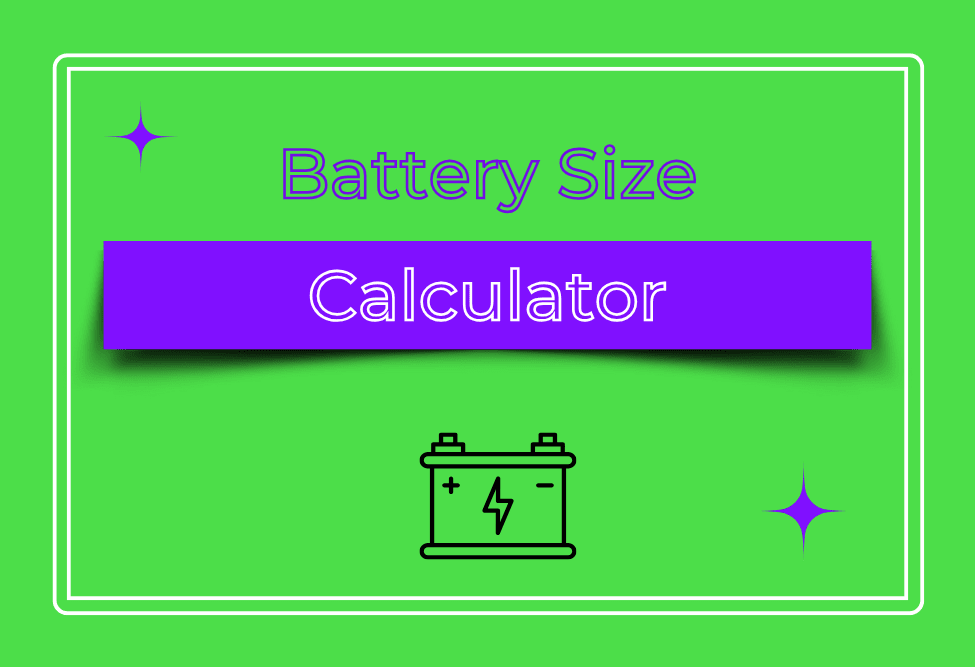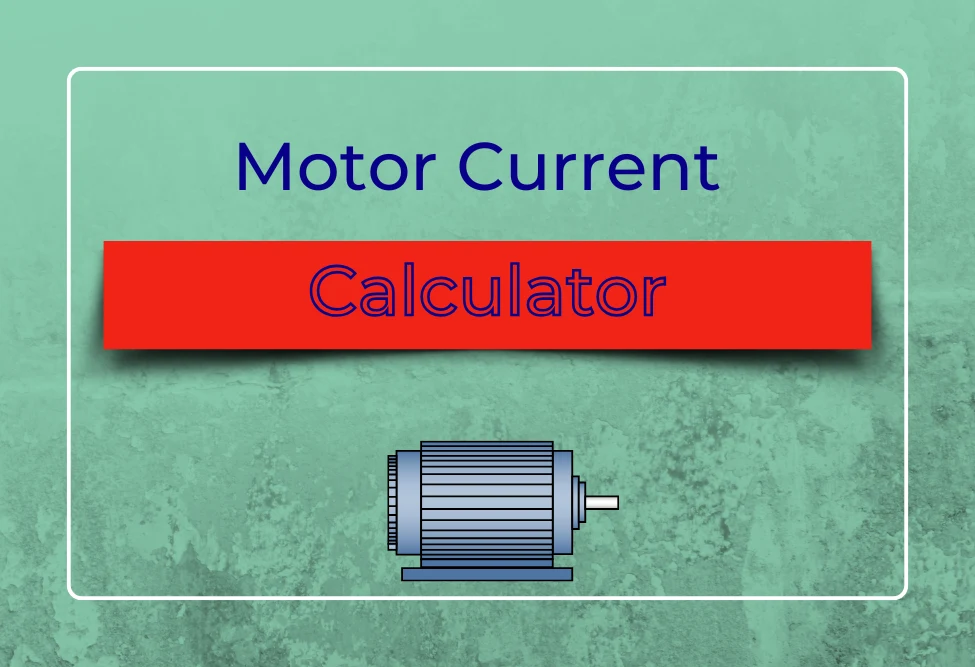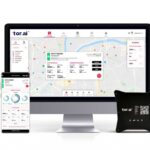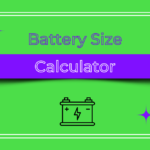Introduction
With increasing power outages and the growing need for reliable backup solutions, many homeowners are turning to inverters and battery systems to keep their essential appliances running. However, selecting the right battery capacity (Ah) and inverter size (VA/Watts) can be confusing.
This guide will help you:
✔ Calculate the correct battery size for your power needs
✔ Choose the right inverter capacity
✔ Understand battery types (Lead-Acid vs. Lithium)
✔ Optimize backup time for your home
1. Understanding Inverters and Batteries
What is an Inverter ?
An inverter converts DC (Direct Current) power from batteries into AC (Alternating Current), which powers household appliances.
What is a Battery Bank?
Batteries store electricity to supply power during outages. The capacity (Ah – Ampere-hours) determines how long your appliances will run.
2. How to Calculate Battery Size for Home Backup

Key Factors in the Calculation:
- Total Load (Watts) – Sum of all appliance wattages.
- Backup Time (Hours) – How long you need power.
- Battery Voltage (V) – Common options: 12V, 24V, 48V (higher voltage = better efficiency).
- Battery Efficiency – Lead-Acid (85%) vs. Lithium (95%).
- Inverter Efficiency – Typically 80% (losses occur during conversion).
Example Calculation:
Suppose you need to power:
3 Fans (75W each) = 225W
5 LED Bulbs (9W each) = 45W
1 Refrigerator (180W) = 180W
1 TV (60W) = 60W
Total Load = 225 + 45 + 180 + 60 = 510W
Backup Time Needed = 5 Hours
Battery Voltage = 12V
Battery Type = Lead-Acid (85% efficiency)
Inverter Efficiency = 80%
Since batteries come in standard sizes, you’d choose a 300Ah or 350Ah battery.
3. Choosing the Right Inverter Capacity
The inverter must handle the total wattage of all running appliances.
Inverter Sizing Rule:
Inverter VA Rating = Total Load (Watts) / Power Factor (0.8)
For 510W load:
Inverter VA=510/0.8=637.5 VA
→ Choose a 650VA or 800VA inverter for safety.
Modified Sine Wave vs. Pure Sine Wave Inverters
| Feature | Modified Sine Wave | Pure Sine Wave |
|---|---|---|
| Cost | Cheaper | More Expensive |
| Compatibility | Basic appliances (fans, lights) | Sensitive electronics (PCs, medical devices) |
| Efficiency | Lower efficiency | Higher efficiency |
Recommendation: If running computers or medical devices, go for Pure Sine Wave.
4. Lead-Acid vs. Lithium Batteries: Which is Better?
| Factor | Lead-Acid Battery | Lithium Battery |
|---|---|---|
| Cost | Cheaper (~₹6,000-12,000 per 150Ah) | Expensive (~₹25,000-50,000 per 100Ah) |
| Lifespan | 3-5 years | 8-10 years |
| Efficiency | 80-85% | 95-98% |
| Maintenance | Requires water top-up | Maintenance-free |
| Weight | Heavy (~30kg for 150Ah) | Light (~15kg for 100Ah) |
Best Choice?
Budget-friendly & short-term: Lead-Acid
Long-term, high efficiency: Lithium
5. Tips to Optimize Battery Backup
✅ Use energy-efficient appliances (LEDs instead of tube lights).
✅ Turn off non-essential devices when on backup.
✅ Use higher voltage systems (24V/48V) for better efficiency.
✅ Keep batteries in a cool, dry place to extend lifespan.
Final Recommendation
Calculate your total load using our Battery Size Calculator.
Choose an inverter 20% higher than your total wattage.
Pick the right battery type based on budget and needs.
Consider lithium batteries if you want long-term savings.
By following these steps, you’ll have a reliable and efficient power backup system for your home!
Need help calculating? Try our Battery Size Calculator below :
FAQs
Q: Can I connect two 150Ah batteries for more backup?
A: Yes! Connecting two 12V 150Ah batteries in parallel gives 300Ah @ 12V.
Q: How long will a 150Ah battery last with a fridge?
A: A 180W fridge on a 12V 150Ah Lead-Acid battery:
Backup Time=150×12×0.85×0.8180≈6.8 hoursBackup Time=180150×12×0.85×0.8≈6.8 hours
Q: Can I use a car battery for my inverter?
A: No! Car batteries are for short bursts, not deep cycles. Use deep-cycle batteries instead.
Battery Size Calculator
Calculate the required battery capacity for your power backup needs
Note: Calculation includes 25% safety factor and assumes inverter efficiency of 80%










